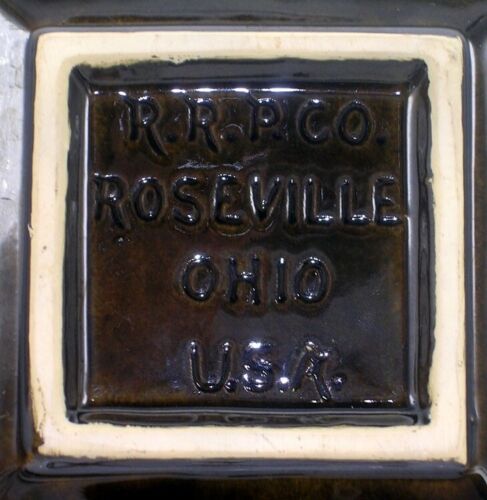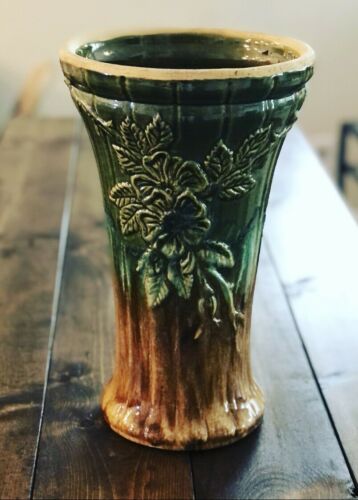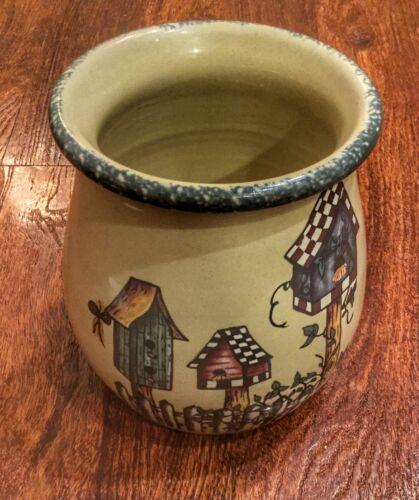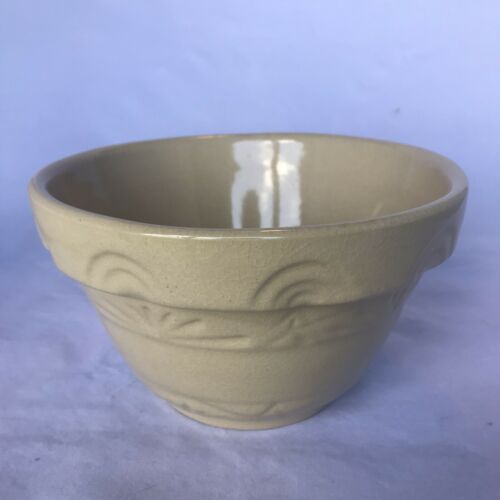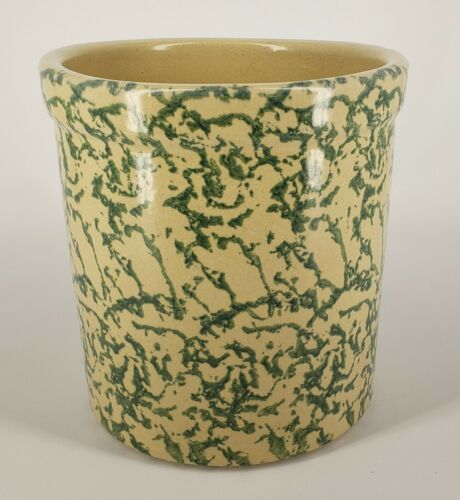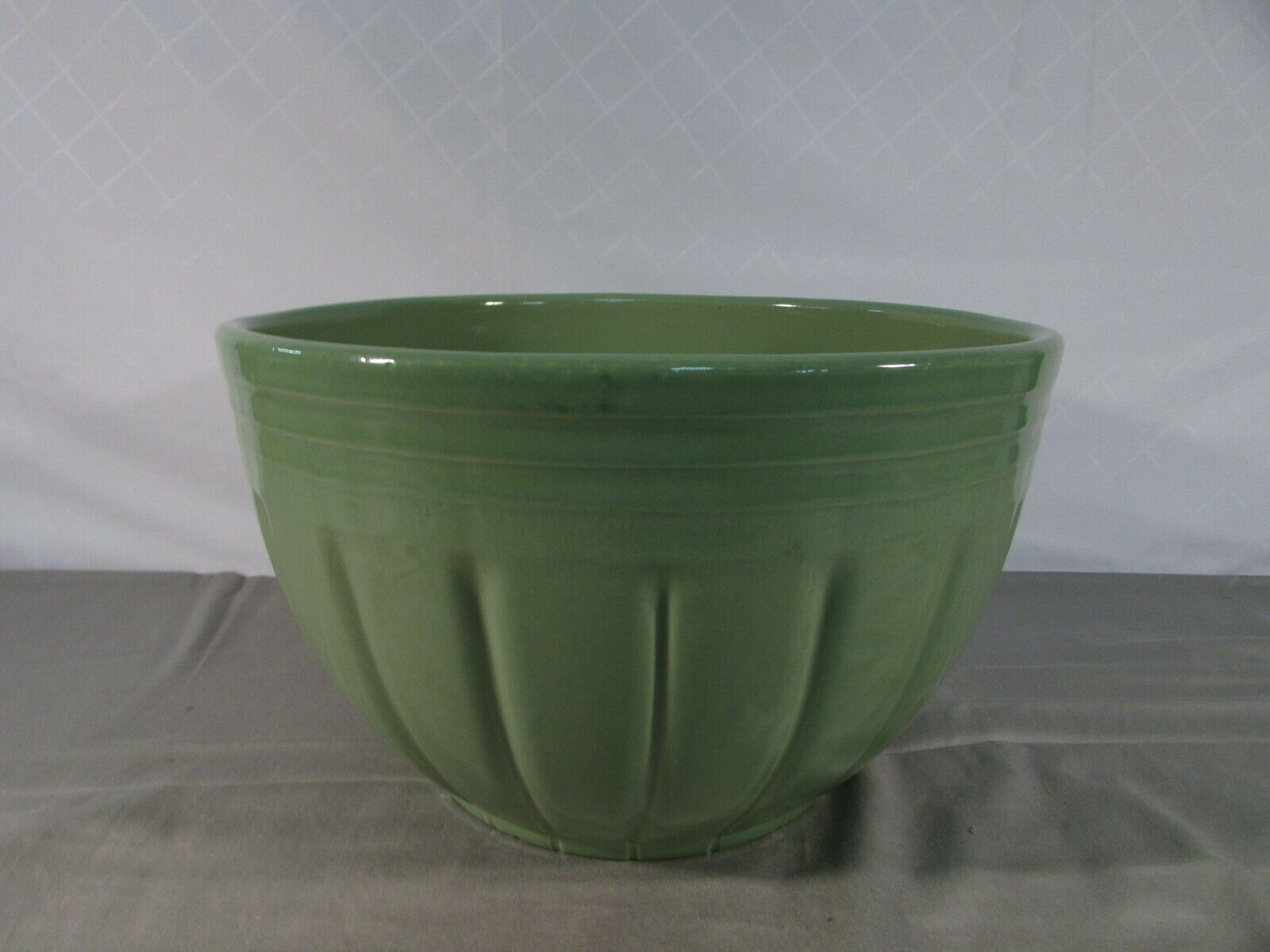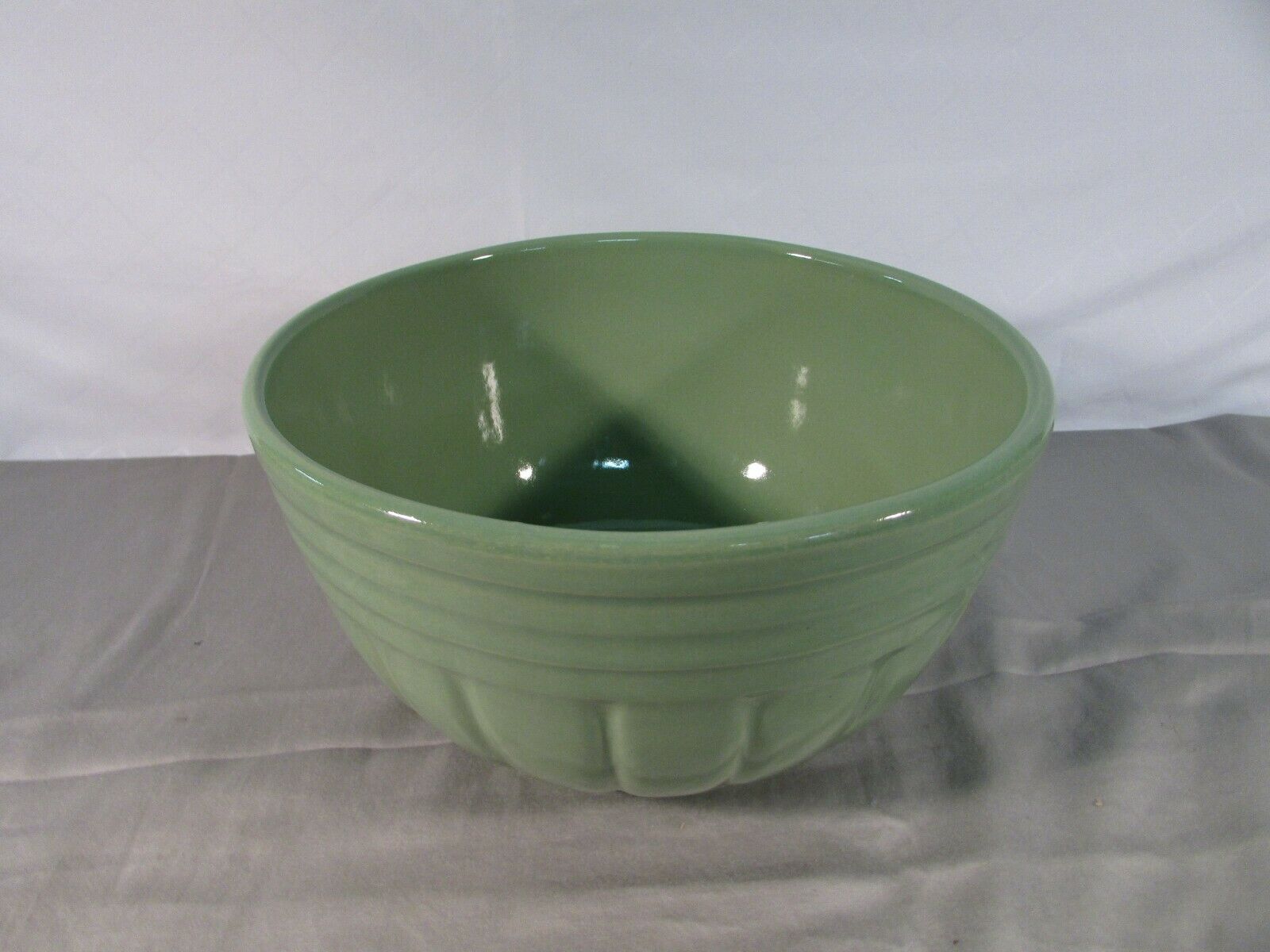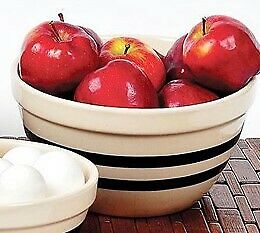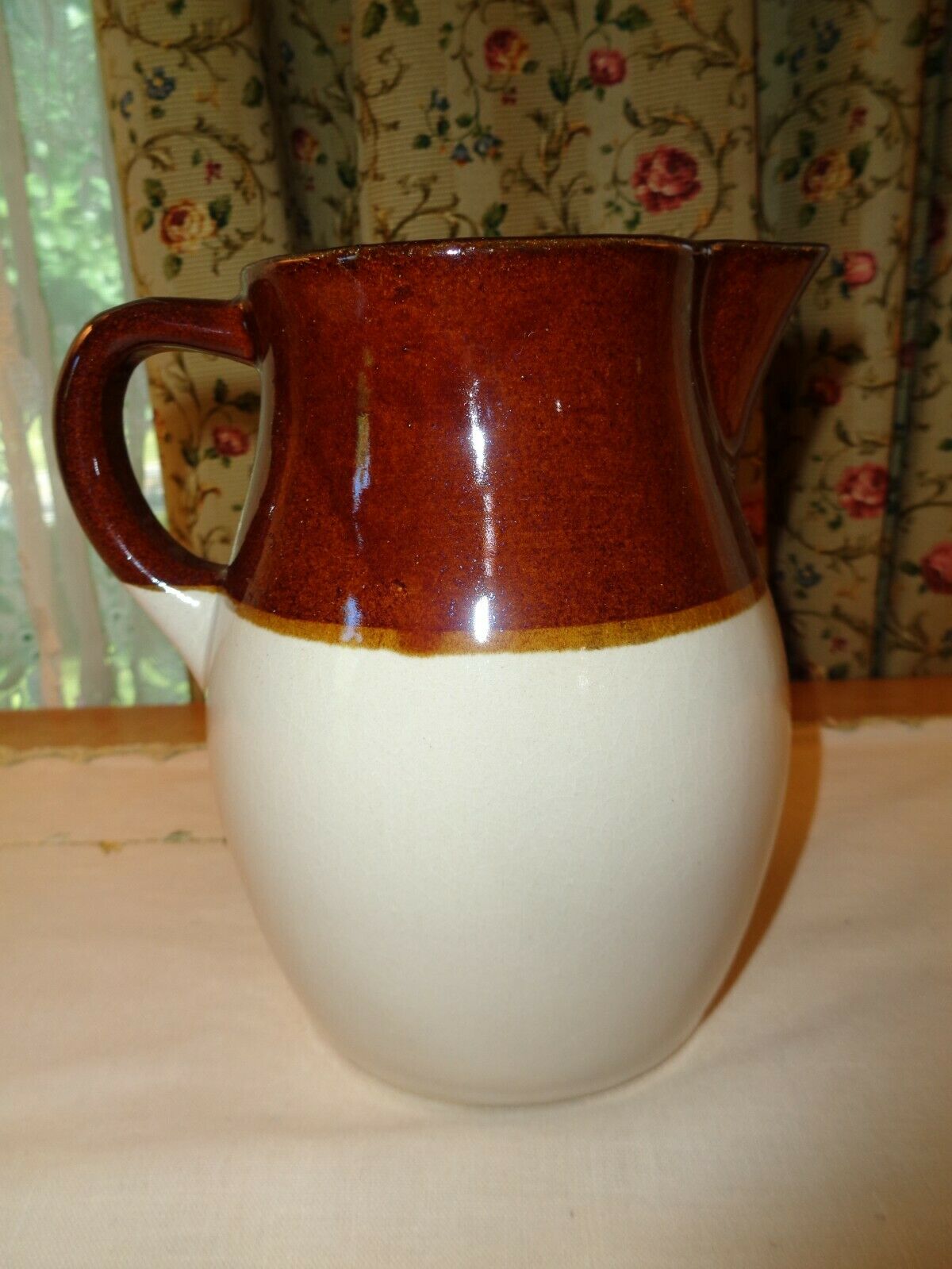-40%
ROBINSON RANSBOTTOM POTTERY ~ ROSEVILLE, OHIO ~ MID-CENTURY MODERNISM ASHTRAY
$ 5.27
- Description
- Size Guide
Description
ROBINSON RANSBOTTOM POTTERY ~ ROSEVILLE, OHIO ~ MID-CENTURY MODERNISM ASHTRAY///////////////////////////////////////////////////////////\\\\\\\\\\\\\\\\\\\\\\\\\\\\\
THIS MONTH, WE ARE PLEASED TO OFFER MANY FINE ANTIQUE AND COLLECTIBLE ARTIFACTS AND RARITIES FROM MISSISSIPPI AND LOUISIANA ESTATES AND PRIVATE COLLECTIONS
PLEASE
CHECK
OUR
OTHER
EBAY
LISTINGS
FOR
MORE
EXAMPLES
OF
EARLY
ANTIQUES
&
COLLECTIBLES
///////////////////////////////////////////////////////////\\\\\\\\\\\\\\\\\\\\\\\\\\\\\
DESCRIPTION
FROM AN OLD AND PROMINENT NEW ORLEANS, LOUISIANA ESTATE, A STRIKING POTTERY ASHTRAY EXHIBITING ELEMENS RELATIVE TO MID-CENTURY MODERN DESIGN.
MEASURING 6.5" SQUARE, STANDING 1.5" TALL AND WEIGHING A SUBSTANTIAL -1- POUND -5- OUNCES.
OVERALL CHOCOLATE BROWN GLOSS GLAZE HIGHLIGHTED BY WHITE TO GRAY DRIP DESIGNS FORMED IN A CLOUD SWIRL AT NEAR CENTER EXPANDING TO THE CORNERS.
THREE CIGARETTE RESTS ARE AT FORMED PARALLEL AT EACH SIDE.
TO THE UNDERSIDE, EMBOSSED BOLD LETTERS READ ~
R.R.P. CO.
ROSEVILLE
OHIO
U.S.A.
CONDITION REPORT
> A NOTABLY WELL PRESERVED EXAMPLE ~ OVERALL SUPERB, VINTAGE CONDITION, BEST NOTED BY EXAMINING THE IMAGES OFFERED.
HISTORY ~ ROBINSON RANSBOTTOM POTTERY
The Robinson Ransbottom Pottery has been in operation since 1900. Its founders had close ties with the world famous art potteries of this early era, the Weller and Roseville Potteries. During the late 1890s, Frank Ransbottom was one of the areas best known and most successful jobbers of the stoneware and earthenware products made in Roseville, Crooksville and Saltillo. The young Mr. Ransbottom was born in 1872, started selling at an early age and succeeded so quickly that he formed his own company to distribute products made by both the small and large potteries of the area. Frank established a thriving business and outstanding reputation. Despite his success, he lacked the control and security that only a captive source of supply could insure. Then in the summer of 1900, Frank learned that the Oval Ware and Brick Company, located in Beem City now Ironspot was for sale. This was the opportunity he had been waiting for and he arranged a meeting with three of his brothers Ed, Johnie and Mort, to talk about forming a business. The Ransbottom brothers enjoyed fine reputations in the growing pottery industry in southeastern Ohio. Ed and Mort held important positions at the nationally famous Roseville Pottery founded by F. G. Young. The Ransbottom brothers had learned about pottery making from their father, Alfred, a pioneer in the Ohio pottery industry. Alfred had been actively engaged in pottery making before volunteering for service in the Union Army at the outbreak of the Civil War. Following his discharge in 1865, he operated the Bluebird Potteries on farms in Perry and Muskingum Counties. One of these was located just north of Roseville. It was here that Alfred taught the age-old skills of pottery making to each of his sons.
By 1916 Ransbottom Pottery was the largest producer of stoneware jars in America. Around 1920, they merged with Robinson Clay Products Co. who created bricks and tiles, and the name was changed to RRP Company, reflecting Robinson Ransbottom Pottery, and product lines expanded to include gardenware in addition to their art pottery and functional goods. The company was able to endure through the great depression and was in business until 2005, when it finally ceased operations.
HISTORY OF THE MID-CENTURY MODERNISM STYLE & DESIGNER INFLUENCES
Contemporary interior design refers to whatever design trends are popular now. Modern is an actual style characterized by clean, spare, angular and gently curved lines, chromed metal elements, glass, molded wood and plastic furniture and geometric fabric patterns. The terms are used interchangeably by many ~ and even though the term "contemporary" refers to the style based on mid-term modern, their meanings are different. The term "contemporary" in reference to interior design and furniture began in the middle of the 20th century, and has been used since to refer to design trends of the current day, based on the original.
At the end of the first decade of the 21st century, contemporary design typically described furniture in the modern style made of wood, chrome, metal and glass, in rooms that often use industrial materials. The industrial component was not part of the original 1950s mid-century modern. Contemporary design is sleek and uncluttered, and relies on its clean lines and quality materials for its distinctive character, not on carving or ornate embelllishment. Sectionals and modular elements are frequently used.
Mid-century modern furniture was moderate in size. Contemporary design during the first decade of the 21st century expanded some in size. Colors popular at mid-century were oranges, turquoise, cream, browns and beiges. As time progressed, other colors have been added to the pallet--particularly bright, vibrant tones.
Mid-Century modern is an architectural, interior and product design form that generally describes mid-20th century developments in modern design, architecture, and urban development from roughly 1933 to 1965. The term, employed as a style descriptor as early as the mid-1950s, was reaffirmed in 1983 by Cara Greenberg in the title of her book, Mid-Century Modern: Furniture of the 1950s, celebrating the style which is now recognized by scholars and museums worldwide as a significant design movement.
Mid-century architecture was a further development of Frank Lloyd Wright's principles of organic architecture combined with many elements reflected in the International and Bauhaus movements - including the work of Gropius, Le Corbusier, and Mies van der Rohe. Mid-century modernism, however, was much more organic in form and less formal than the International Style. Scandinavian architects were very influential at this time, with a style characterized by clean simplicity and integration with nature. Like many of Wright's designs, Mid-Century architecture was frequently employed in residential structures with the goal of bringing modernism into America's post-war suburbs. This style emphasized creating structures with ample windows and open floor-plans with the intention of opening up interior spaces and bringing the outdoors in. Many Mid-century houses utilized then-groundbreaking post and beam architectural design that eliminated bulky support walls in favor of walls seemingly made of glass. Function was as important as form in Mid-Century designs, with an emphasis placed specifically on targeting the needs of the average American family. Examples of residential Mid-Century modern architecture are frequently referred to as the California Modern style.
In Europe the influence of Le Corbusier and the CIAM resulted in an architectural orthodoxy manifest across most parts of Post War Europe that was ultimatemately challenged by the radical agendas of the architectural wings of the avant-garde Situationist International, COBRA , as well as Archigram in London. A critical but sympathetic reappraisal of the internationalist oeuvre, inspired by Scandinavian Moderns such as Alvar Aalto, Sigurd Lewerentz and Arne Jacobsen and the late work of Le Corbusier himself was reinterpreted by groups such as Team X including structuralism(architecture) architects such as Aldo van Eyck, Ralph Erskine, Denys Lasdun, Jorn Utzon and the movement known in the UK as New Brutalism.
Pioneering builder and real estate developer Joseph Eichler was instrumental in bringing Mid-Century Modern architecture ("Eichler Homes") to subdivisions in the Los Angeles area and the San Francisco Bay region of California and select housing developments on the east coast. George Fred Keck, Henry P. Glass and Ludwig Mies van der Rohe created Mid-Century Modern residences in the Chicago area. Mies van der Rohe's Farnsworth House is extremely difficult to heat or cool, while Keck and Keck were pioneers in the incorporation of passive solar features in their houses to compensate for their large glass windows.
Scandinavian design was very influential at this time, with a style characterized by simplicity, democratic design and natural shapes. Glassware ~ Iittala - Finland, ceramics ~ Arabia - Finland, tableware ~ George Jensen - Denmark, lighting, and furniture were some of the genres products' were created in.
///////////////////////////////////////////////////////////\\\\\\\\\\\\\\\\\\\\\\\\\\\\\
P
LEASE USE THE EBAY "
CONTACT SELLER
" FUNCTION TO CONTACT US AND
RESOLVE ANY QUESTIONS BEFORE BIDDING
INTERNATIONAL SHIPPING AVAILABLE FOR SOME ITEMS VIA USPS PRIORITY MAIL INTERNATIONAL ~
NO FIRST CLASS INTERNATIONAL PARCEL
~ CONTACT US FOR A SHIPPING RATE QUOTE BEFORE BIDDING
<
WE
NEVER
CHARGE A HANDLING FEE ~ AND ALWAYS
COMBINE SHIPPING
ON MULTIPLE PURCHASES
>




